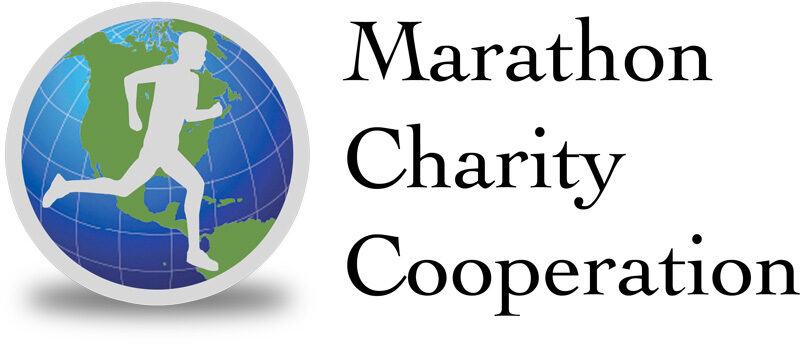Each run in a training schedule serves a specific purpose.
By Susan Paul
I’m considering training for my first marathon. I have run several 5k’s and one 10k and now I think I want to train for a longer race. My question involves the long runs. I’ve read that I need to slow down on long runs, but how much do I need to slow down? And why?
Thanks for your help,
Debbie
Dear Debbie-
This is a great question and one of the most frequently asked questions about marathon training.
First, it’s to your advantage that you have already been running and have done some shorter distance races prior to tackling the marathon distance. This conditioning will help set you up for success and reduce your risk of injury because it has given you a base upon which to build for the longer distance. Your body is better prepared to meet the demands of increased mileage.
Also, since you have run some shorter races, you can use these race times to help predict your time at longer distances. Predictions charts are only a prediction, but they can provide some helpful information for a starting point. Plug in your most recent 5K and/or 10K time to the race times predictor and it will calculate your predicted marathon time.
This predicted marathon time will help give you an idea of a goal time and help establish some run paces for your training runs. For a runner brand new to distance, long runs are typically run 45 seconds to as much as 90 seconds per mile slower than the goal marathon pace to reduce wear and tear on your body. Reducing the impact on the body means you can recover quicker from training runs and can continue progressing with your training.
Since you are new to distance training, many of your training runs are going to take you into new mileage territory. When running a new distance, it should be considered a “long” run, regardless of the actual mileage. For example, if you have never run 10 miles before, then your first 10 mile run should be considered a long run; whereas, a veteran marathoner would not consider a 10 mile run to be a long run. For experienced marathoners, long runs are typically those runs of 18 miles and above. Just think, you may get to that point some day too!
There are many, many physiological adaptations the body makes in order to meet the physical demands of distance running, especially for the marathon distance, and this why slowing down is recommended. These physical adaptations do not simply happen overnight. The adaptation process is stimulated when the demands of training are greater than what the body is prepared to meet. This physical overload triggers the adaptation process. Each time we go above and beyond, which is known as progressive overload, we stimulate this adaptation process. When we overload the body in gradual, incremental increases, it responds positively by becoming stronger. If we overload the body too rapidly or too heavily too soon, it doesn’t have time to adapt and we risk poor performances, injury, illness, and/or mental burnout.
The physiological adaptations the body makes are impressive. Here are just a few of them:
- New capillary beds are built, which is akin to building new highways. These beds allow for greater efficiency of blood flow to diffuse oxygen and nutrients to working muscles and increase the capacity for waste removal.
- Heart muscle becomes stronger which lowers our resting heart rate.
- Stroke volume, which is the amount of blood your heart can pump per beat, improves by as much as 2.5 times over normal levels, allowing your body to move more blood with each heart beat.
- Training improves the endurance capabilities of your muscle fibers by increasing the number of mitochondria within your muscle cells. Mitochondria are the “powerhouse” of the cell because they are responsible for producing the energy required for muscle contraction.
These are just some of the many physical changes that are occurring within your body during training. It is important to keep them in mind as you train because training plans recommend mileage, run paces, and recovery days based on this process.
As you progress in your training, you will find you are able to run closer to your goal marathon pace on shorter runs after your body has made some of these adaptations. For example, the first time you run 10 miles, take it easy. The next time you run 10 miles, it will probably feel easier after completing longer runs and you may find you are able to run it closer to your goal marathon race pace.
For your first marathon, I suggest using a training plan that uses 3 or 4 days of running. Running every other day provides automatic recovery time between workouts, which helps reduce the risk of injury, fatigue, and burn out. Look for a gradual incremental increase in weekly mileage, preferably one that follows a 10% increase in weekly mileage. In addition, every three or four weeks, your training plan should drop back in mileage, giving you an active recovery week, before building again. Your training plan should also give you some guidelines for run paces based on the distance of the run. Some of your shorter weekday runs can be run at your predicted goal marathon race pace, while the longer weekend runs should be run slower than this goal pace. Varying run pace also helps reduce the risk of injury too. Allow 4 to 6 months of training for your first marathon to give yourself time to use a gradual, incremental build. Consider this time frame when selecting your first marathon.
All the best to you!
Susan Paul, MS
